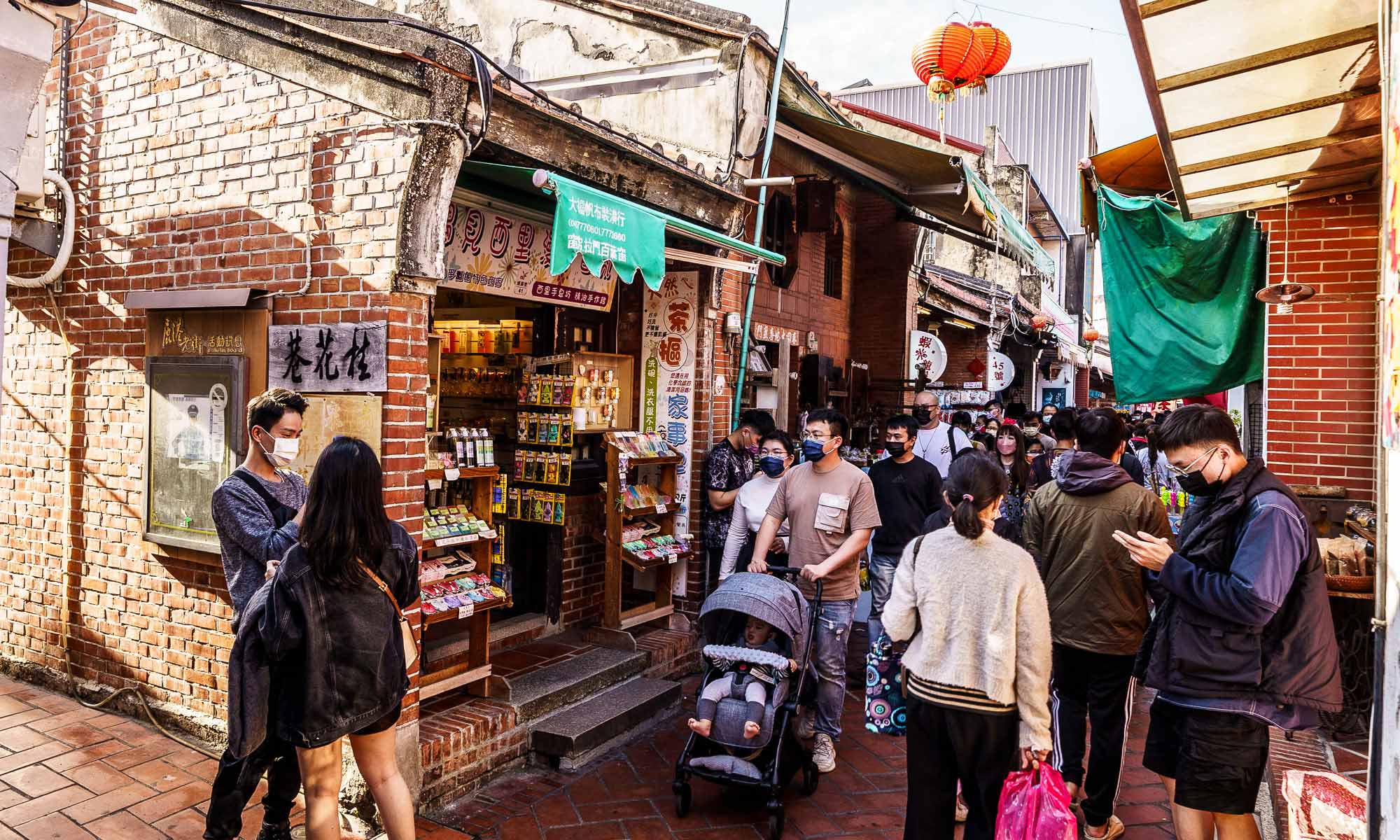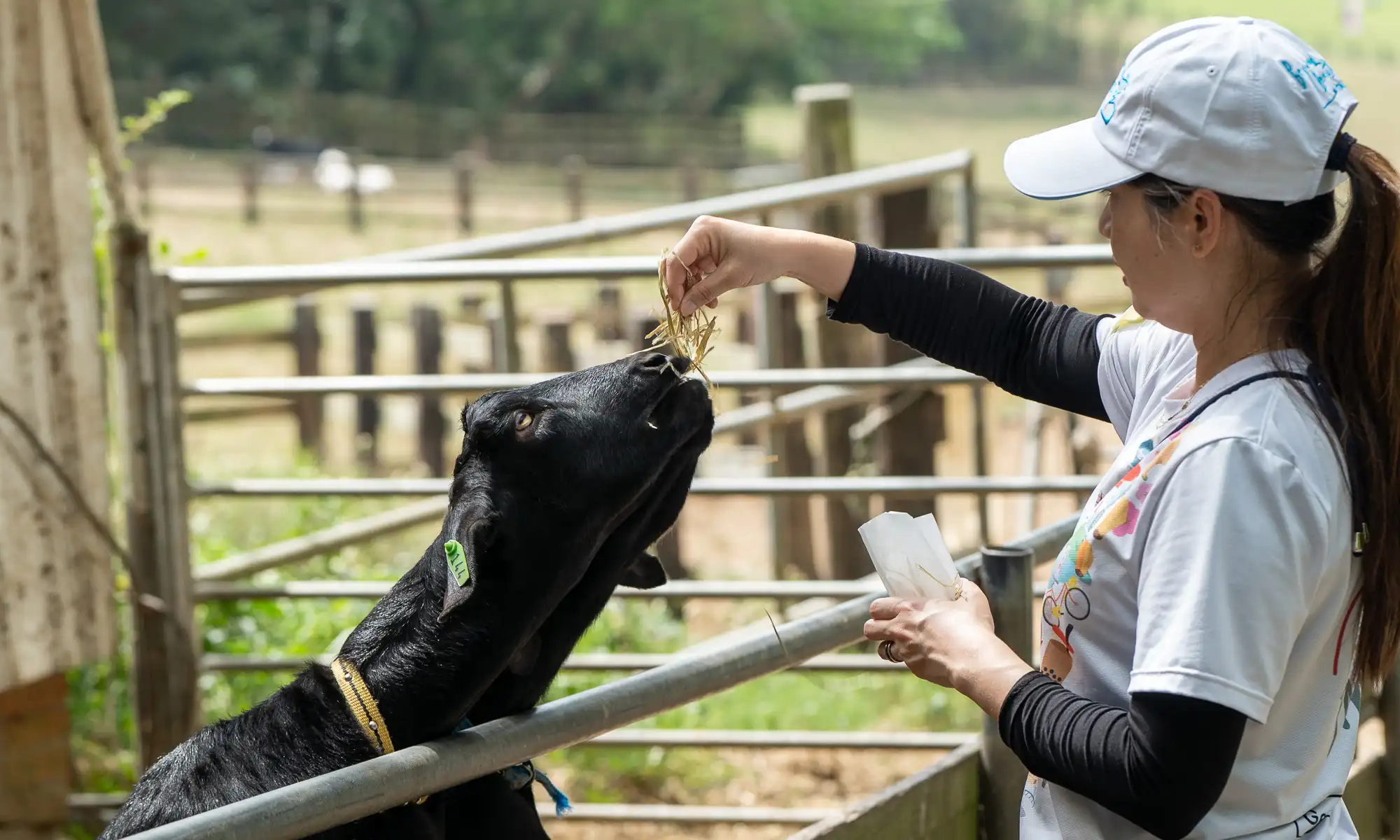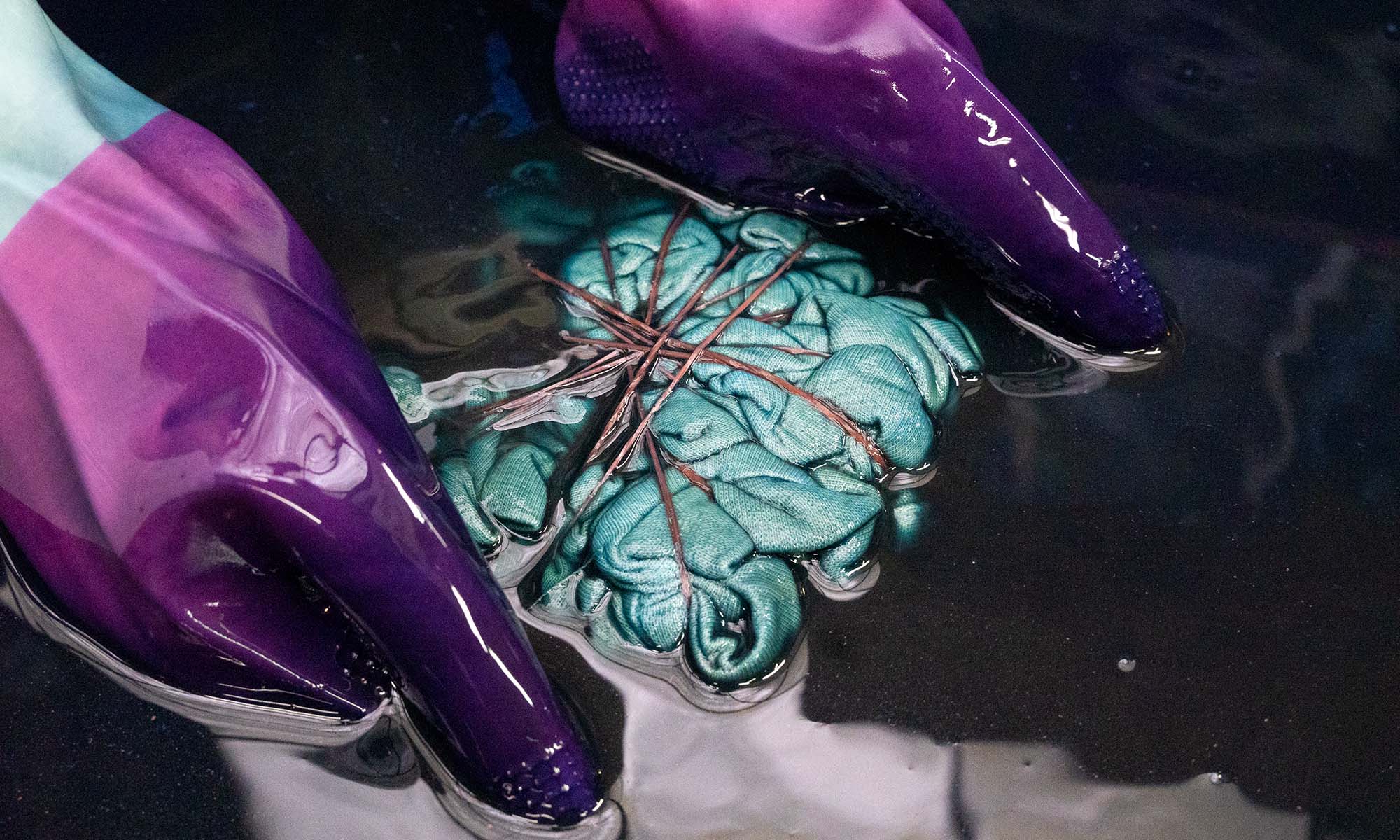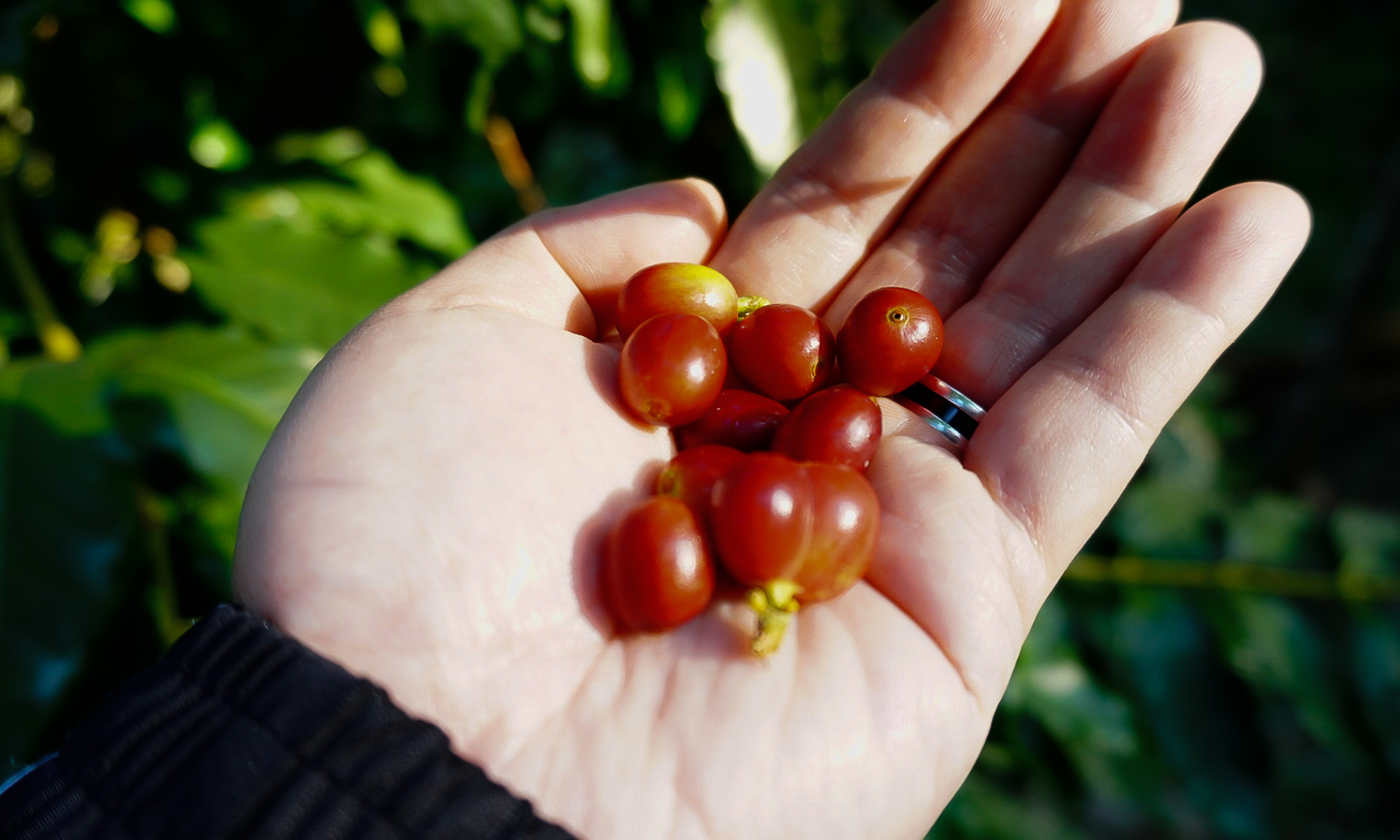THE HEART OF OLD TAIWAN
Lukang Old Street runs through the heart of the historic town of Lukang in Changhua County. The street and surrounding town are rich in Taiwanese cultural heritage and are a top destination for domestic and foreign tourists. Lukang Old Street is renowned for its well-preserved traditional architecture, intricate temples, old-time shops, and wide variety of traditional Taiwanese delicacies. Put simply, if you only have one day in Taiwan to experience Taiwanese culture, we recommend heading to Lukang.
Historic Lukang
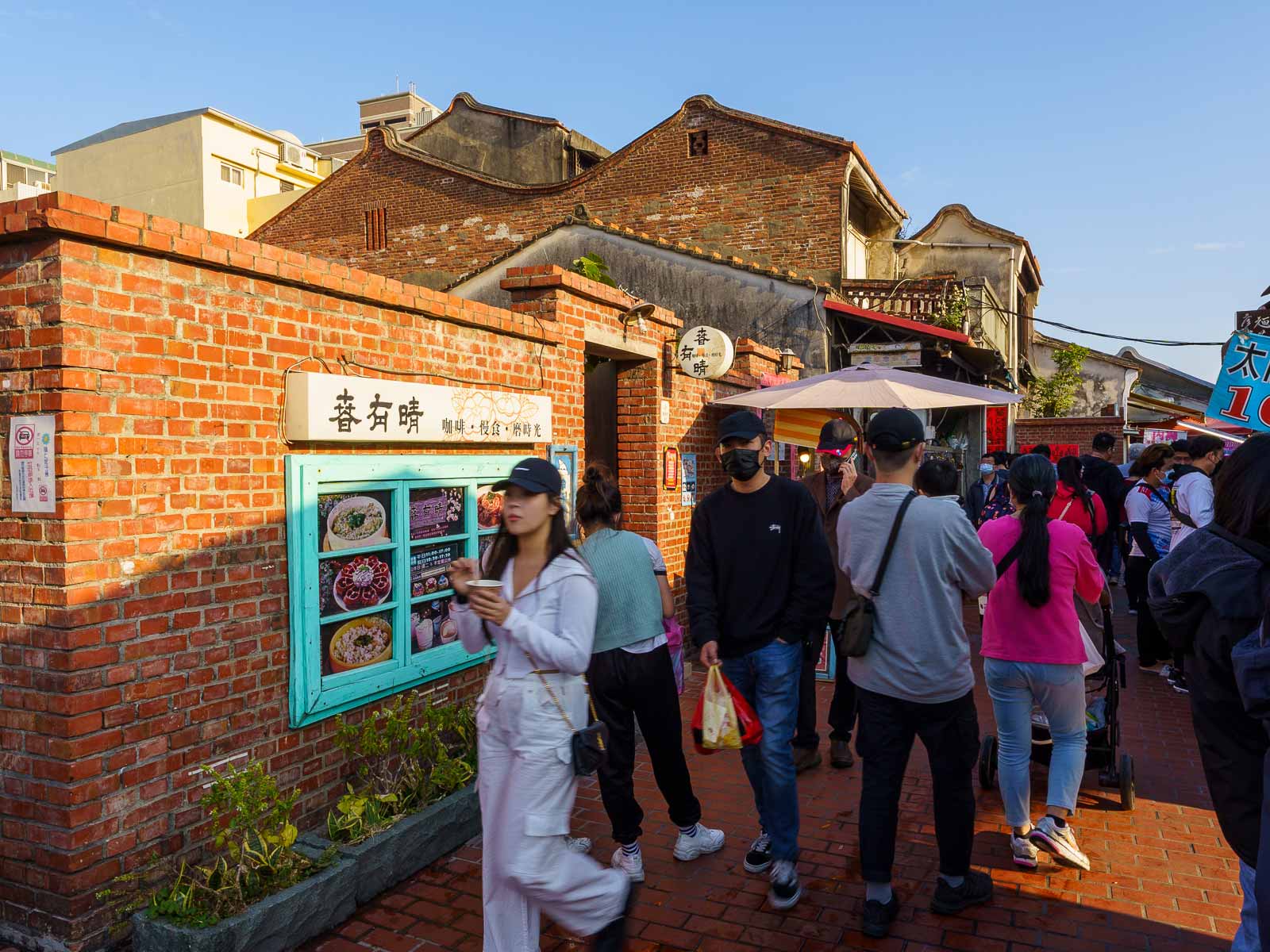
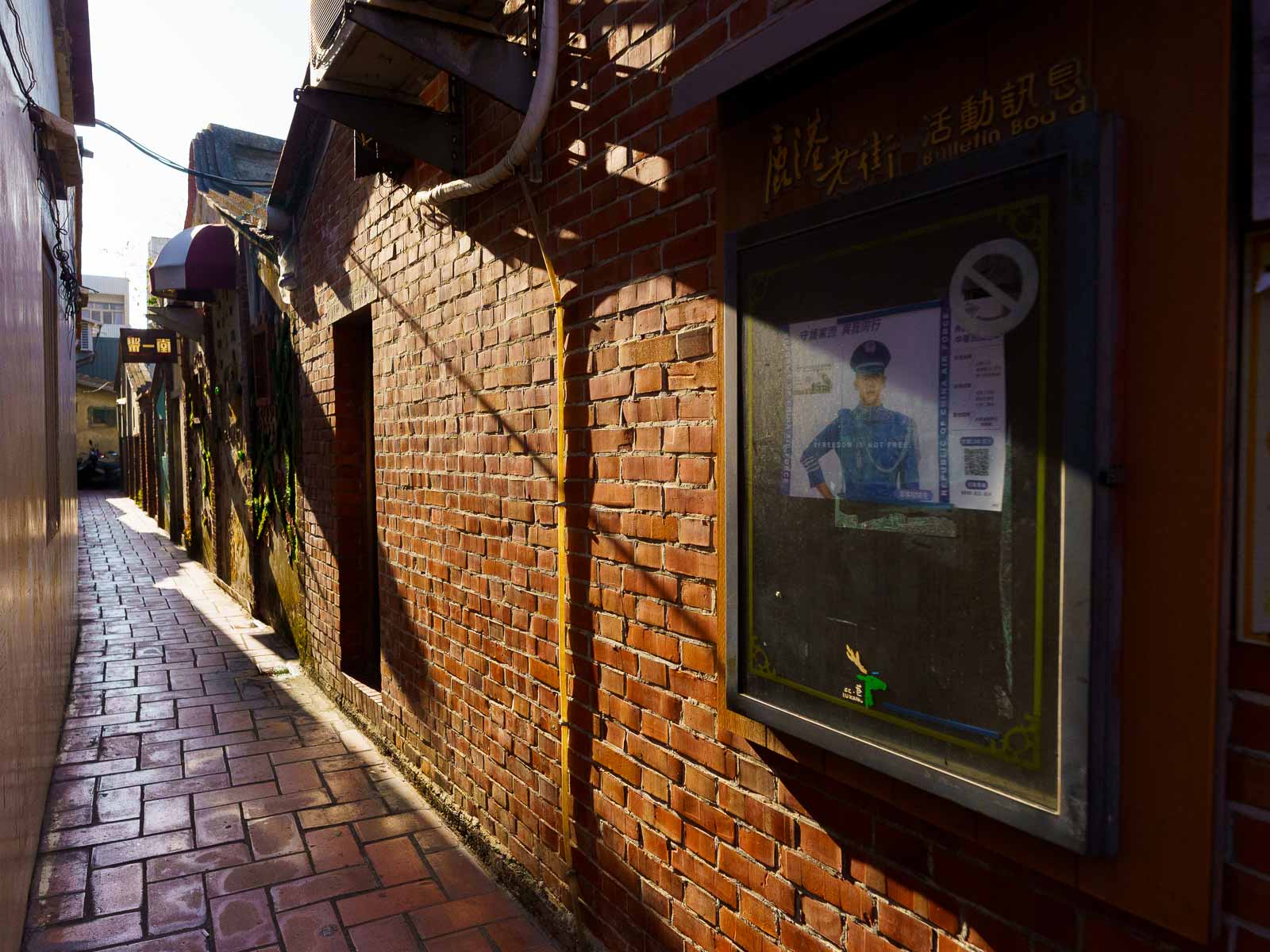
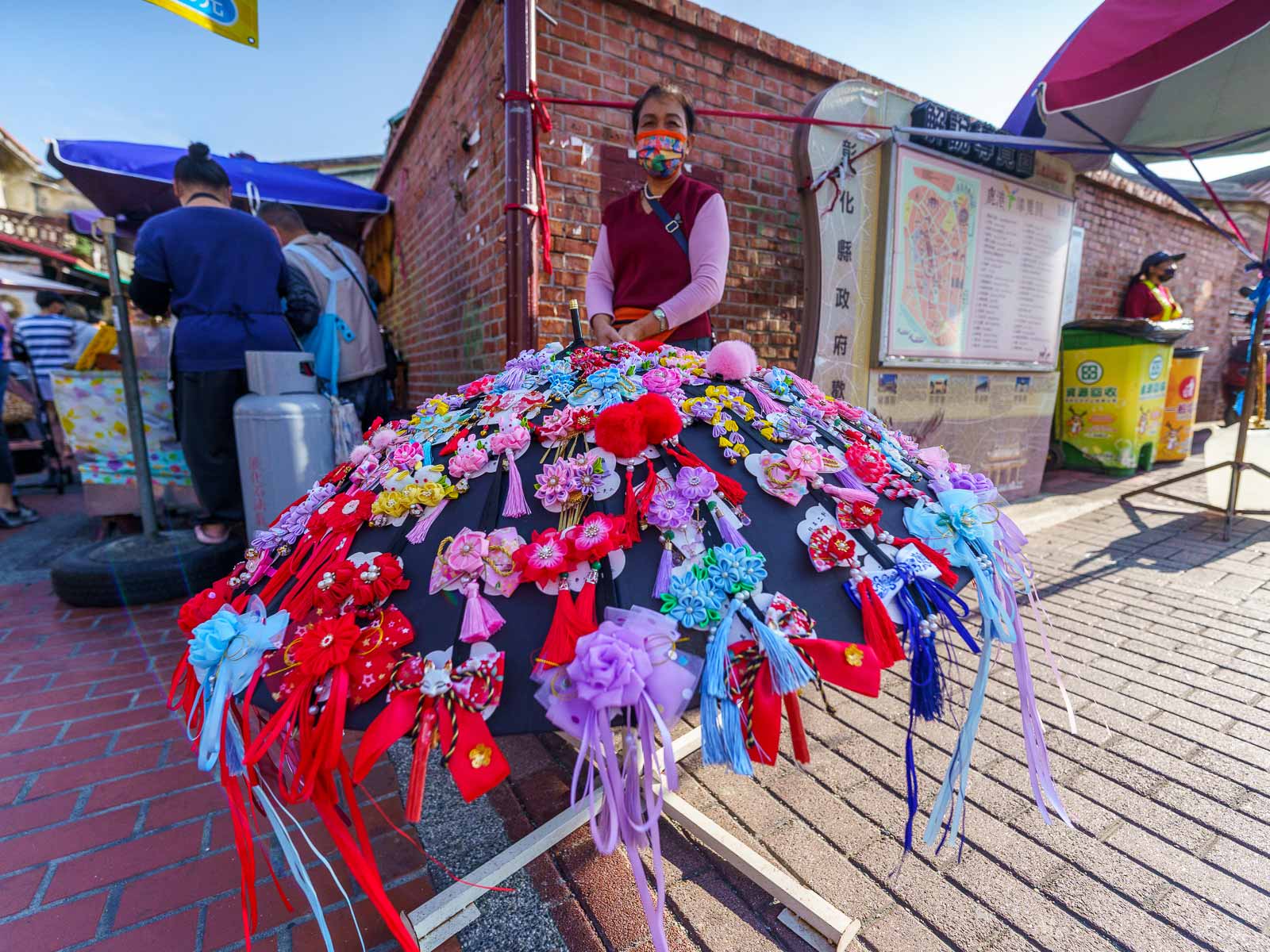
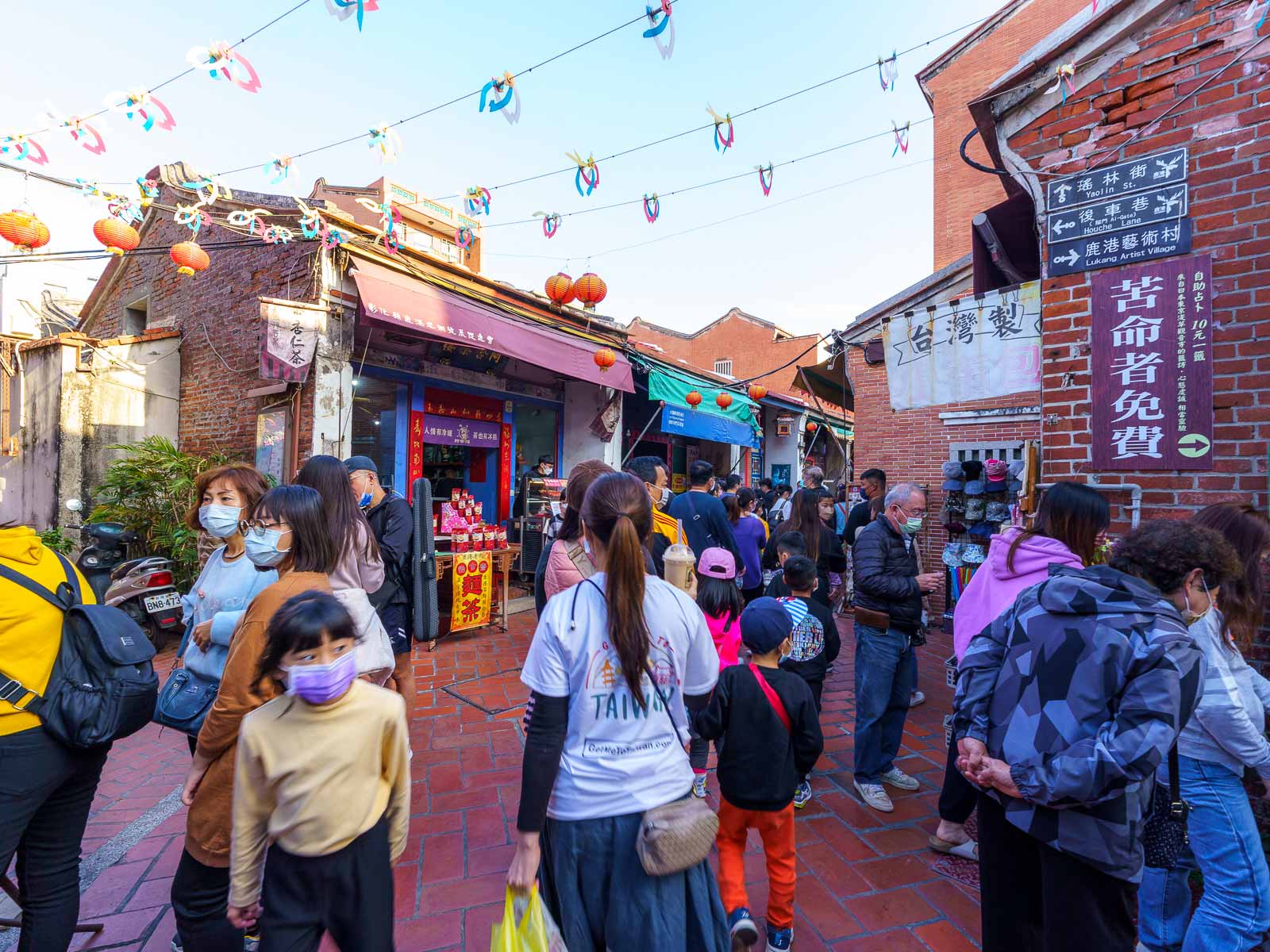
The history of Lukang dates back to the Qing Dynasty, when it was one of Taiwan’s principal trade centers and a key harbor town. Lukang actually means “deer port” in Mandarin, a reference to its history as a center of commerce.
Gentlemen Lane and Nine Turns Lane
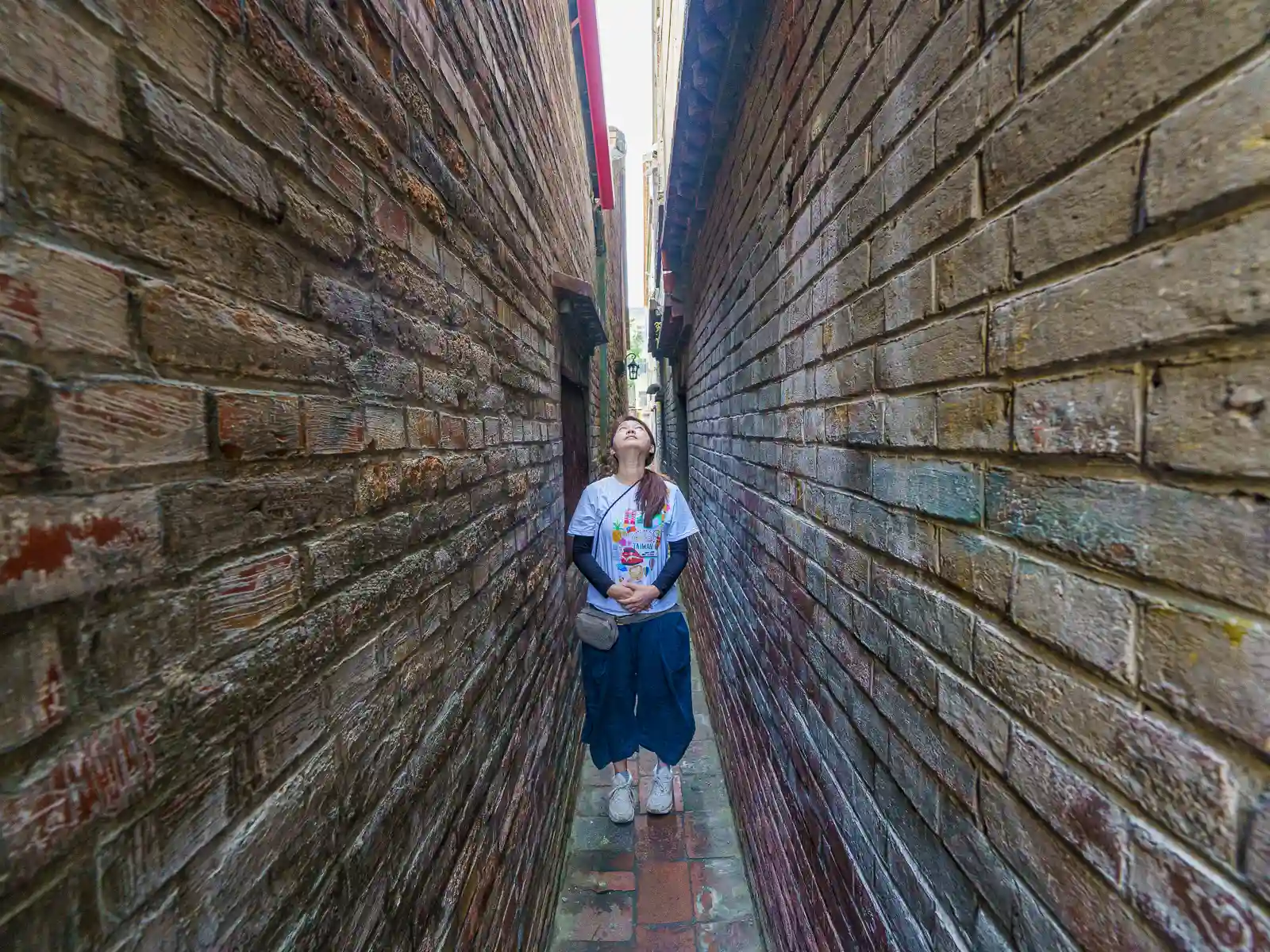
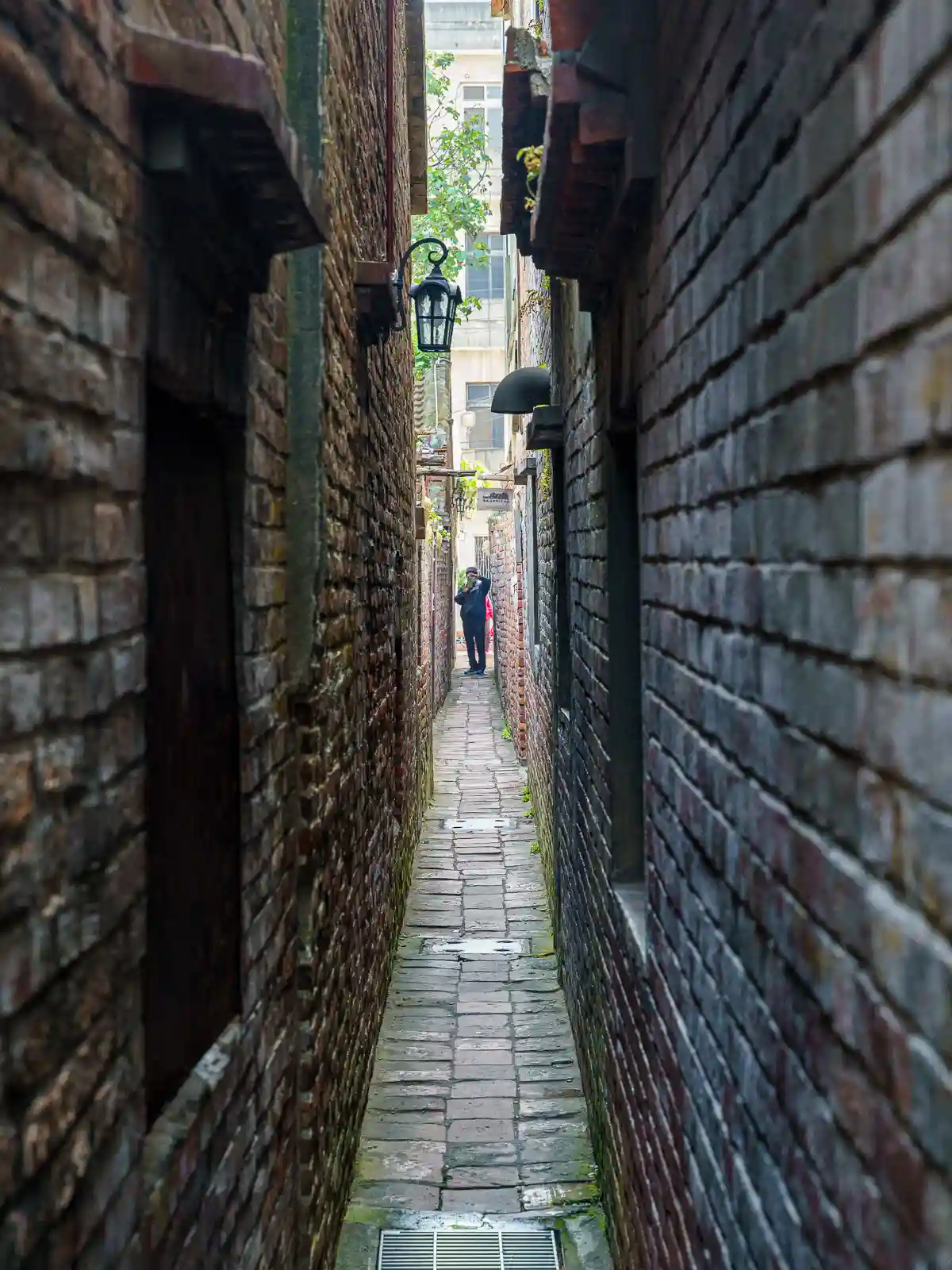
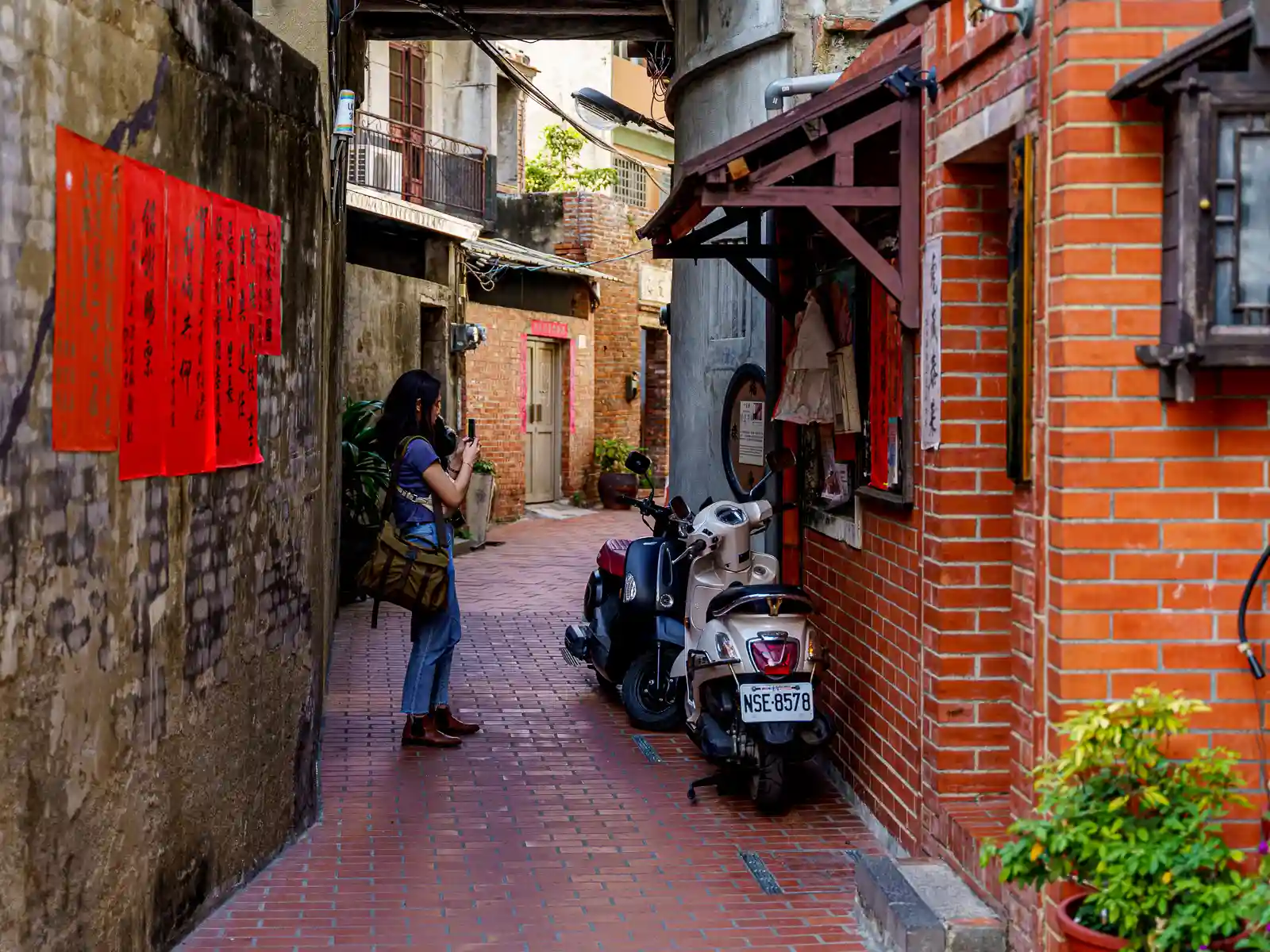
Lukang’s city planning is a bit quirky. The town features numerous curved alleys and narrow lanes designed to deter thieves and shield against the harsh winter winds. Among them, Gentlemen Lane stands out as the narrowest passage, where two people going in opposite directions can barely squeeze by each other. The name of the lane is derived from the tradition of gentlemen courteously waiting for women to pass through before entering the alley themselves.
Lukang Old Street Area
Today, the most frequented street in the area, and the epicenter of the “old street” experience, is the narrow and red-brick-tiled Yaolin Street. Along with Putou Street and Dayou Street nearby, the crowded alleys here are filled with carefully restored old-style shops, historic private residences, ancient temples, and other examples of fascinating architecture.

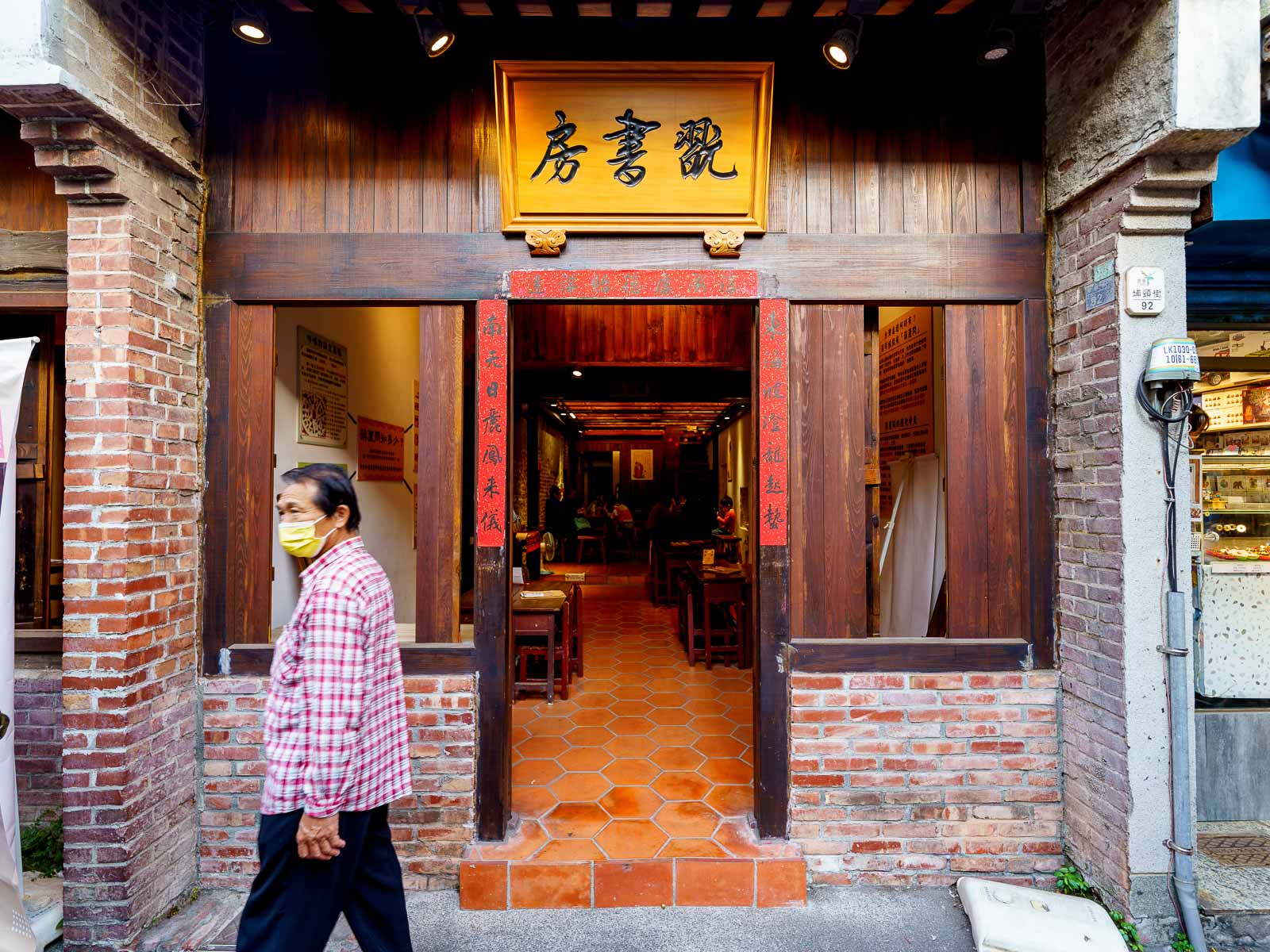
Unlike the urban areas of Western Taiwan, the buildings here are often only a single story and house simple interior layouts. While many of the shops in this area have been renovated, they have preserved their century-old design and atmosphere. Walking around is a lesson in the evolution of architecture in Taiwan. You’ll notice early versions of the tall and deep interiors that are still popular in Taiwan’s urban areas.
Lukang Old Street Delicacies
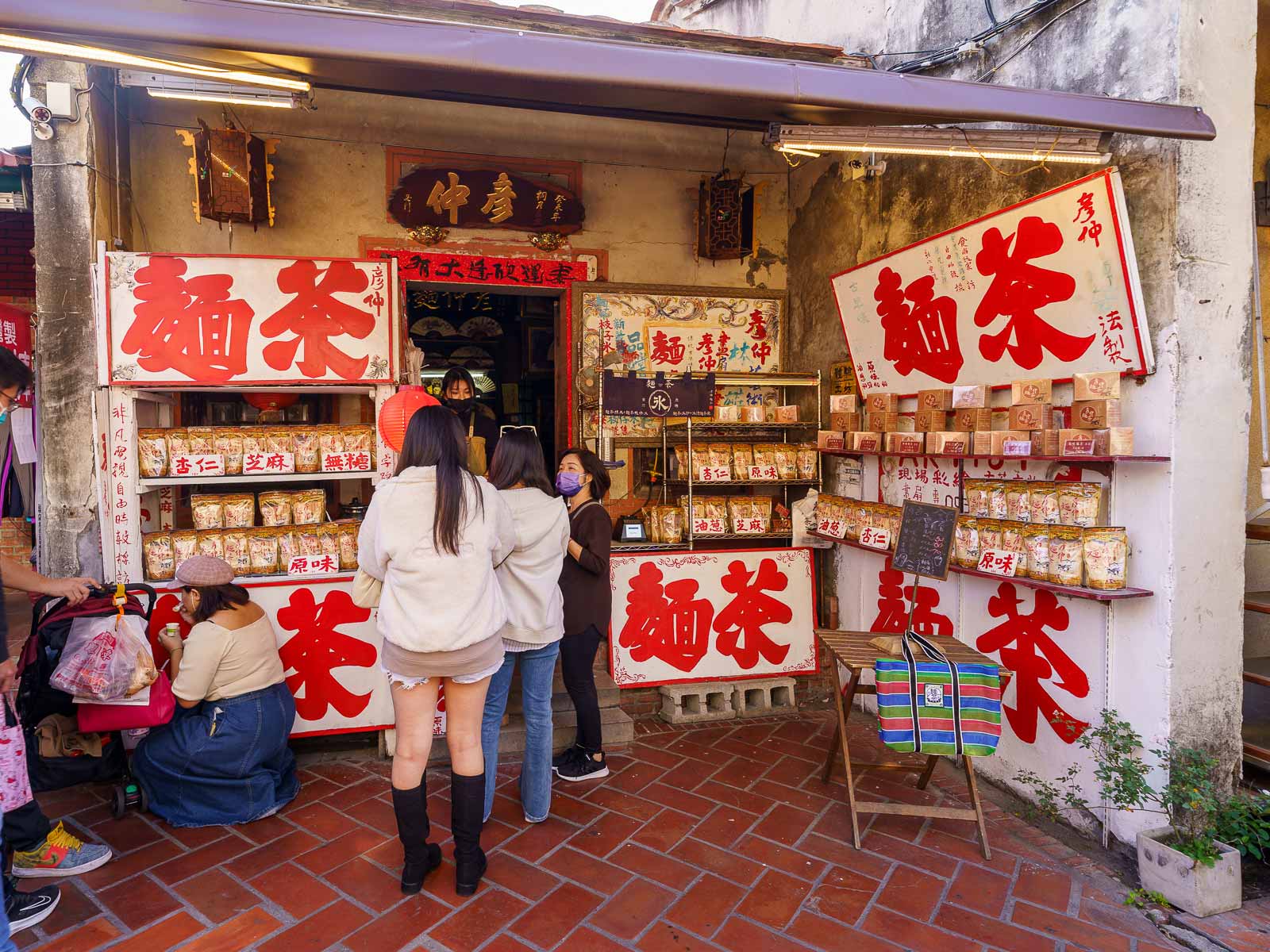
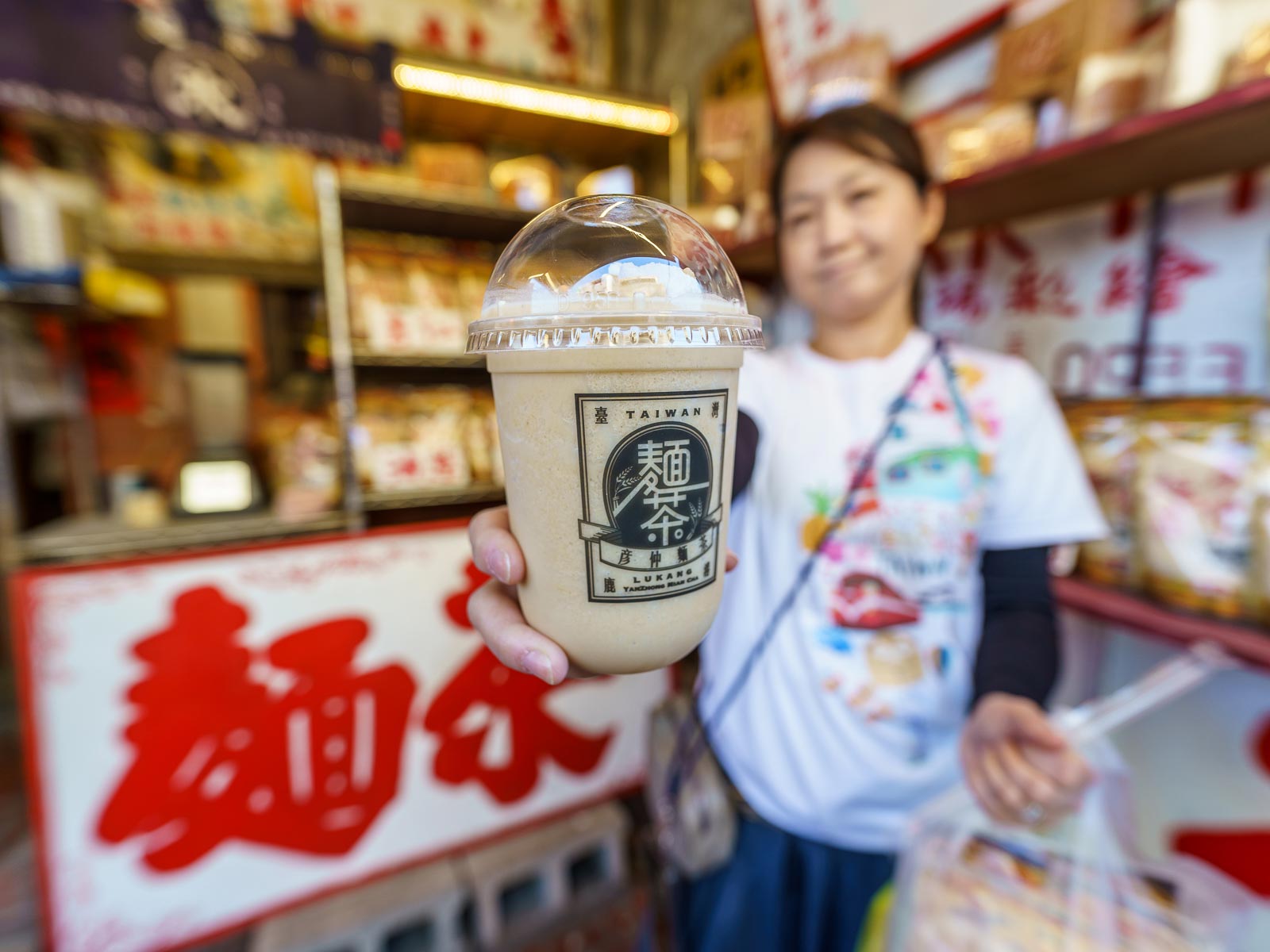
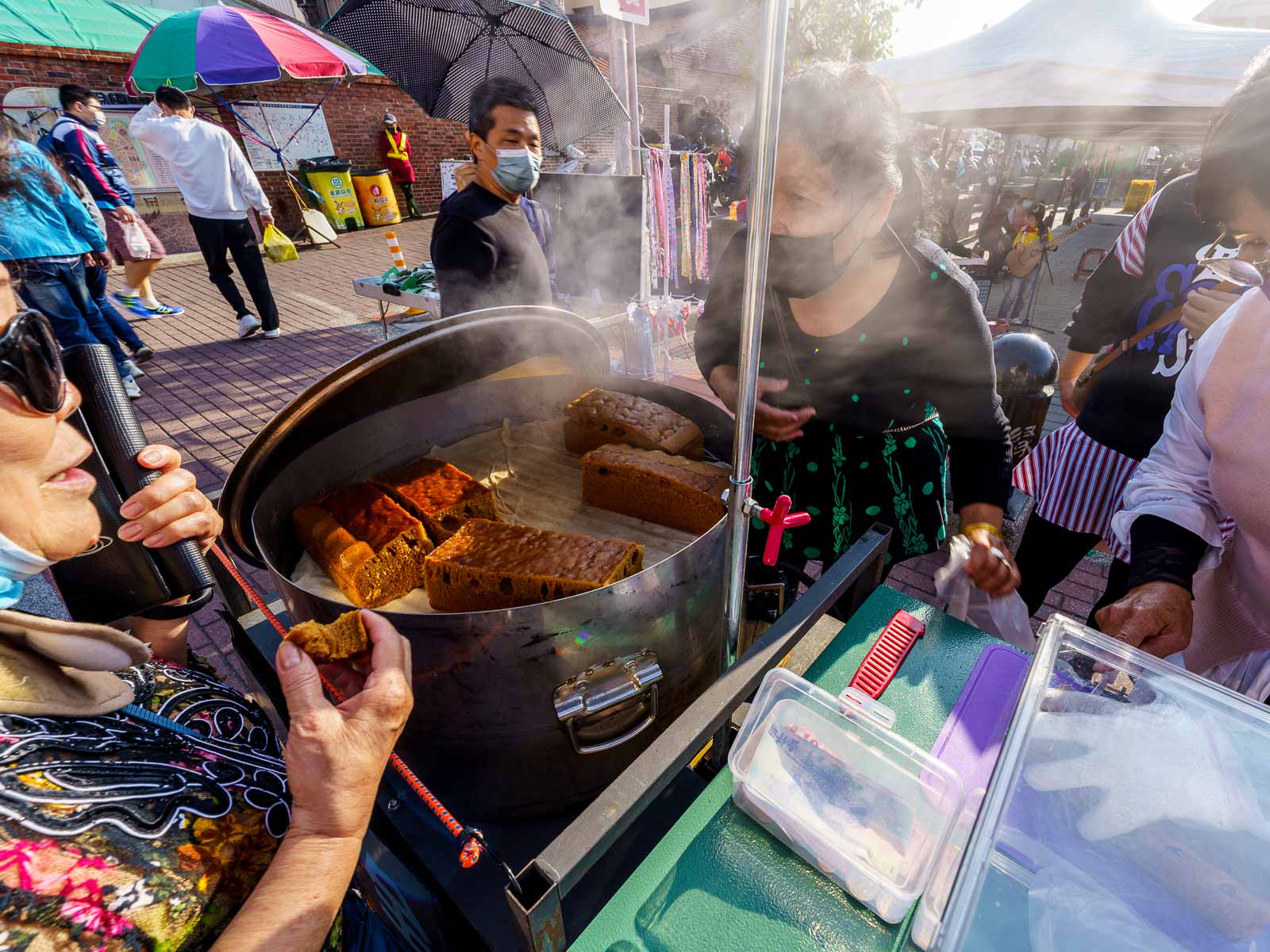
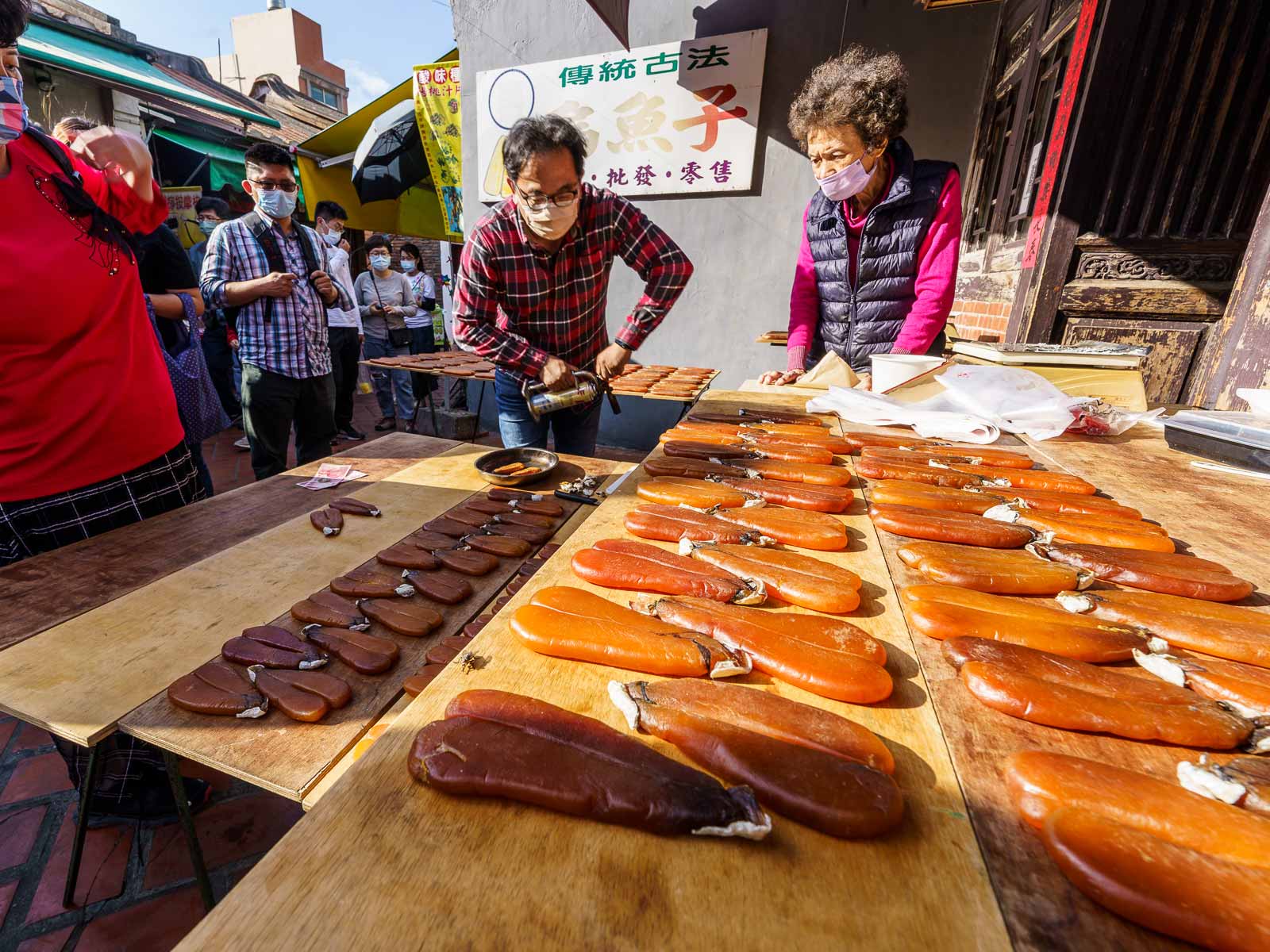
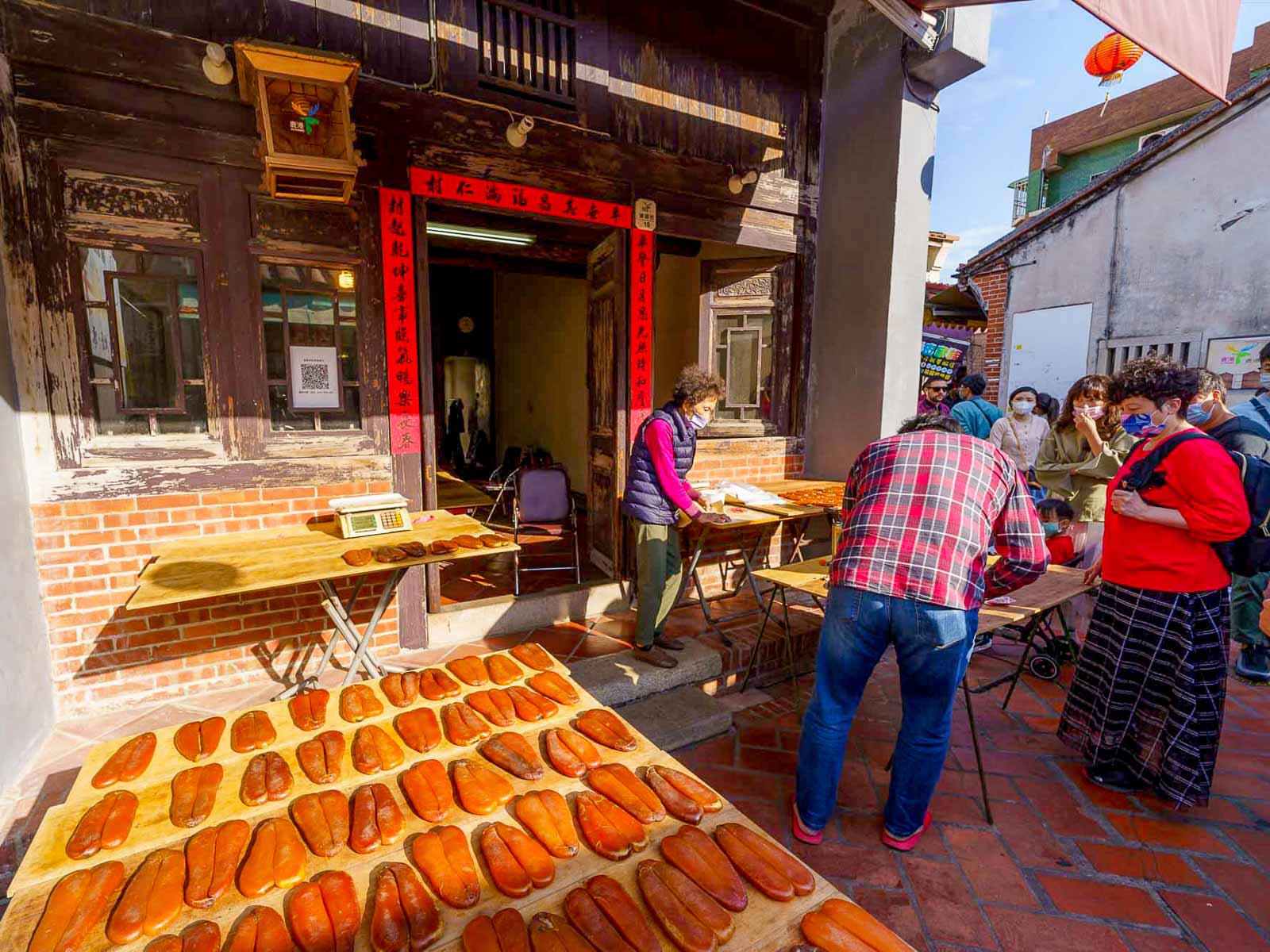
While walking around the old streets, you’re bound to encounter vendors selling two of Lukang’s most famous delicacies: flour tea, known as “miancha” in Mandarin, and cured gray mullet roe, known as “wuyuzi”. Miancha is a thick drink made by mixing roasted wheat flour with appetizing toppings like sugar, white sesame or peanut. Some modern vendors will also have non-traditional toppings like dried fruits or boba. Wuyuzi, also known as Bottarga in the West, is a local delicacy that is so prized that it was once used as a form of currency in Taiwan. It is made by soaking slabs of mullet roe in Kaoliang, a local liquor made from fermented sorghum.
Temples in Lukang’s Historic District
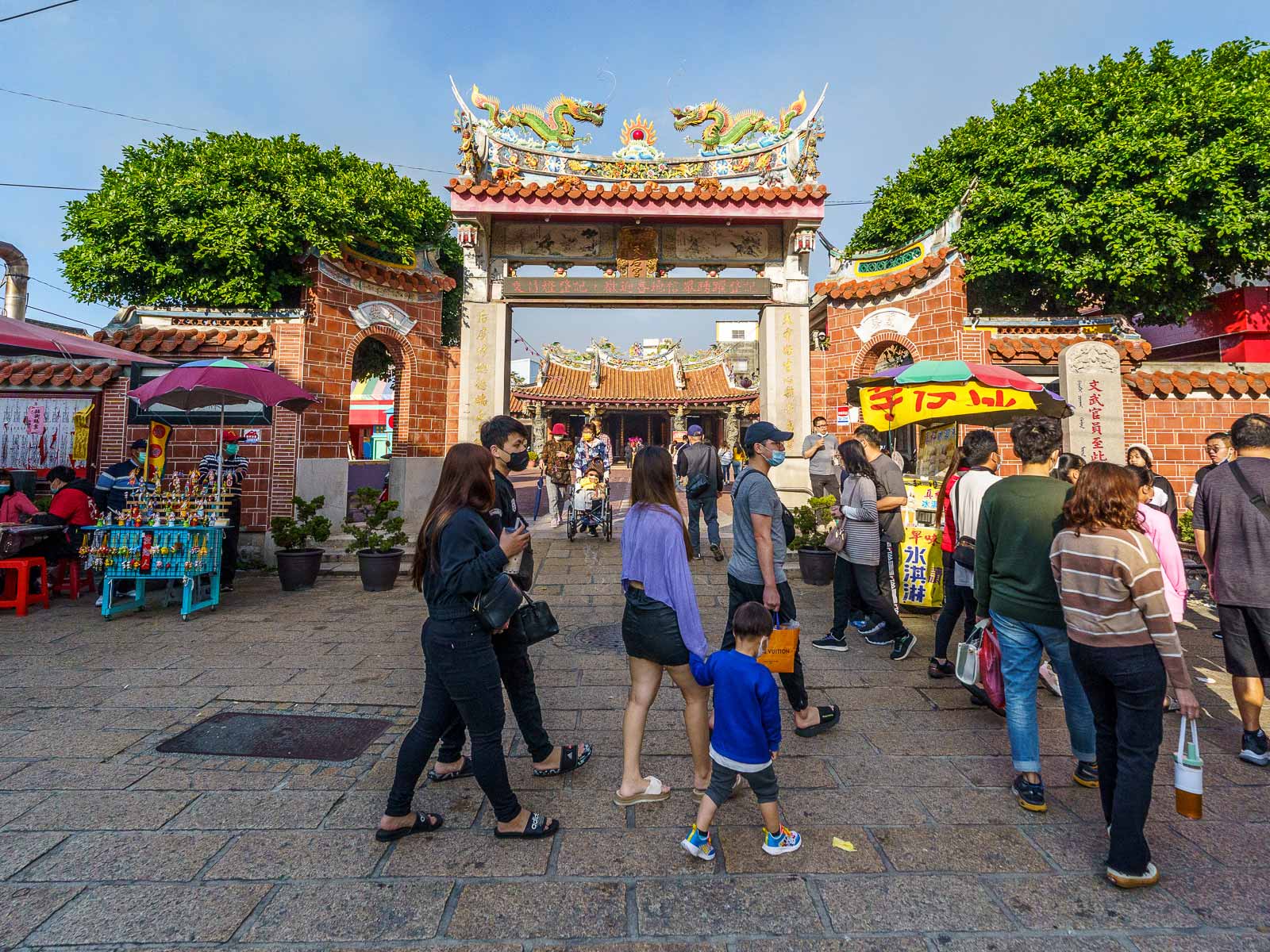
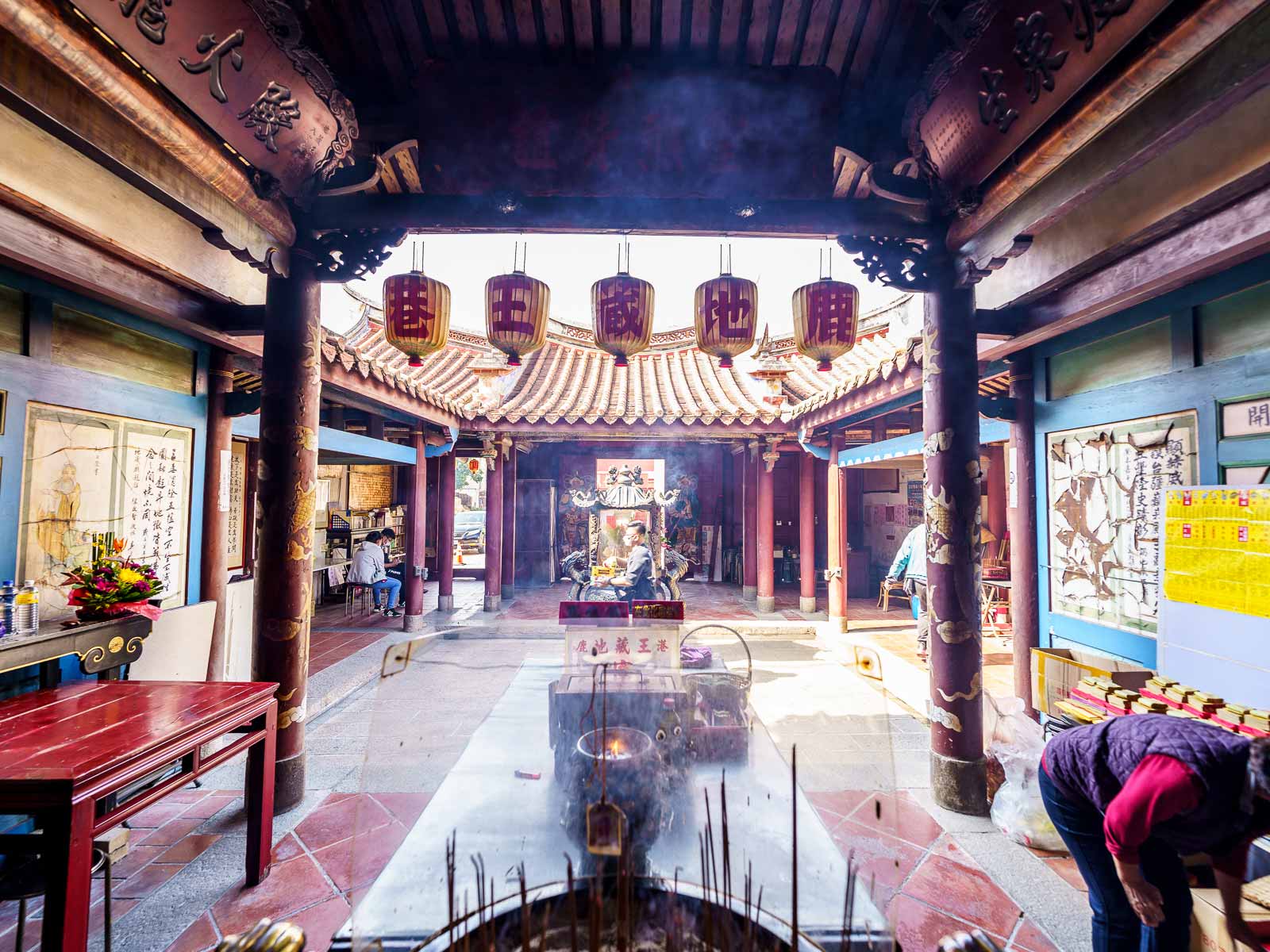
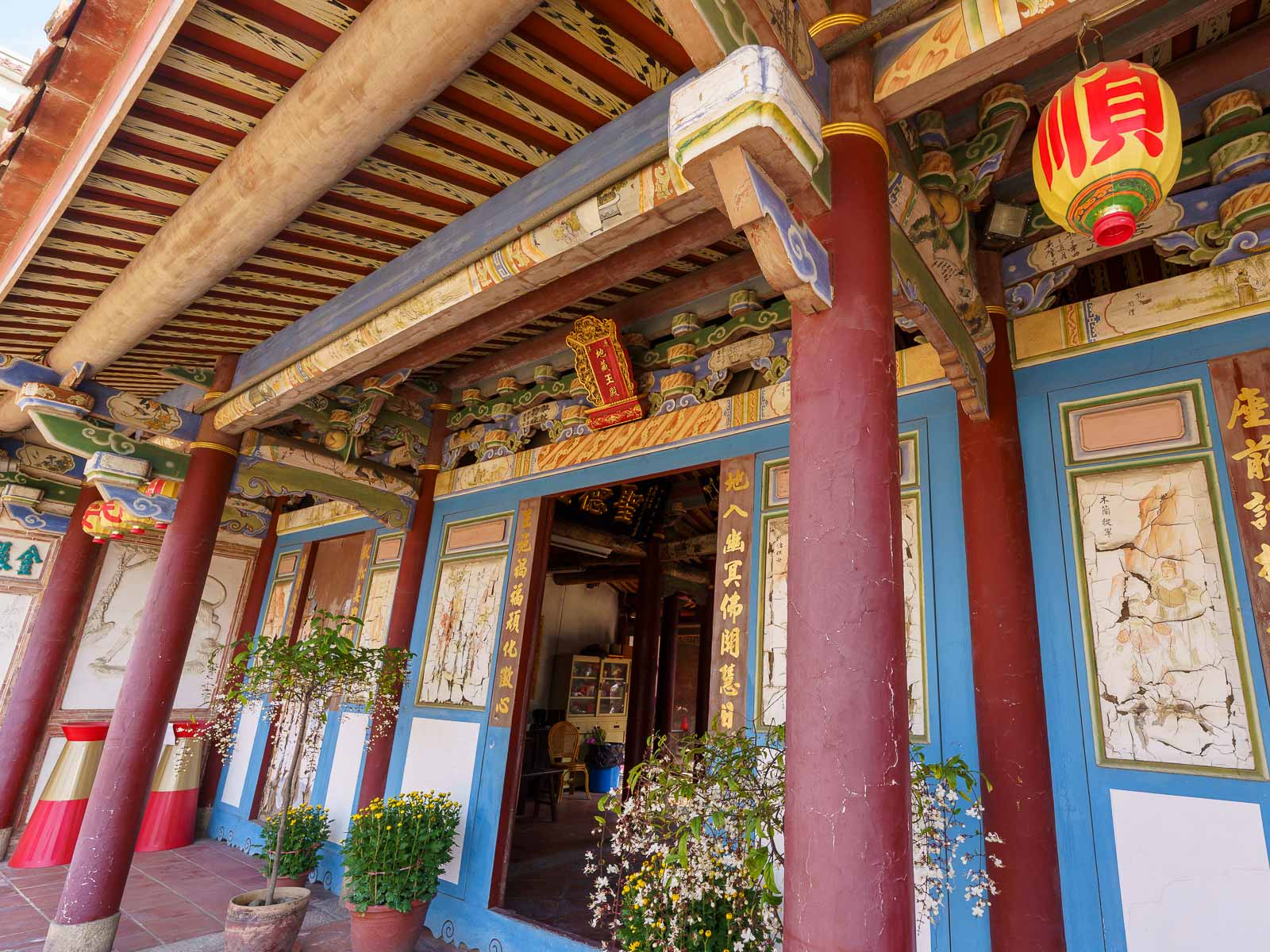
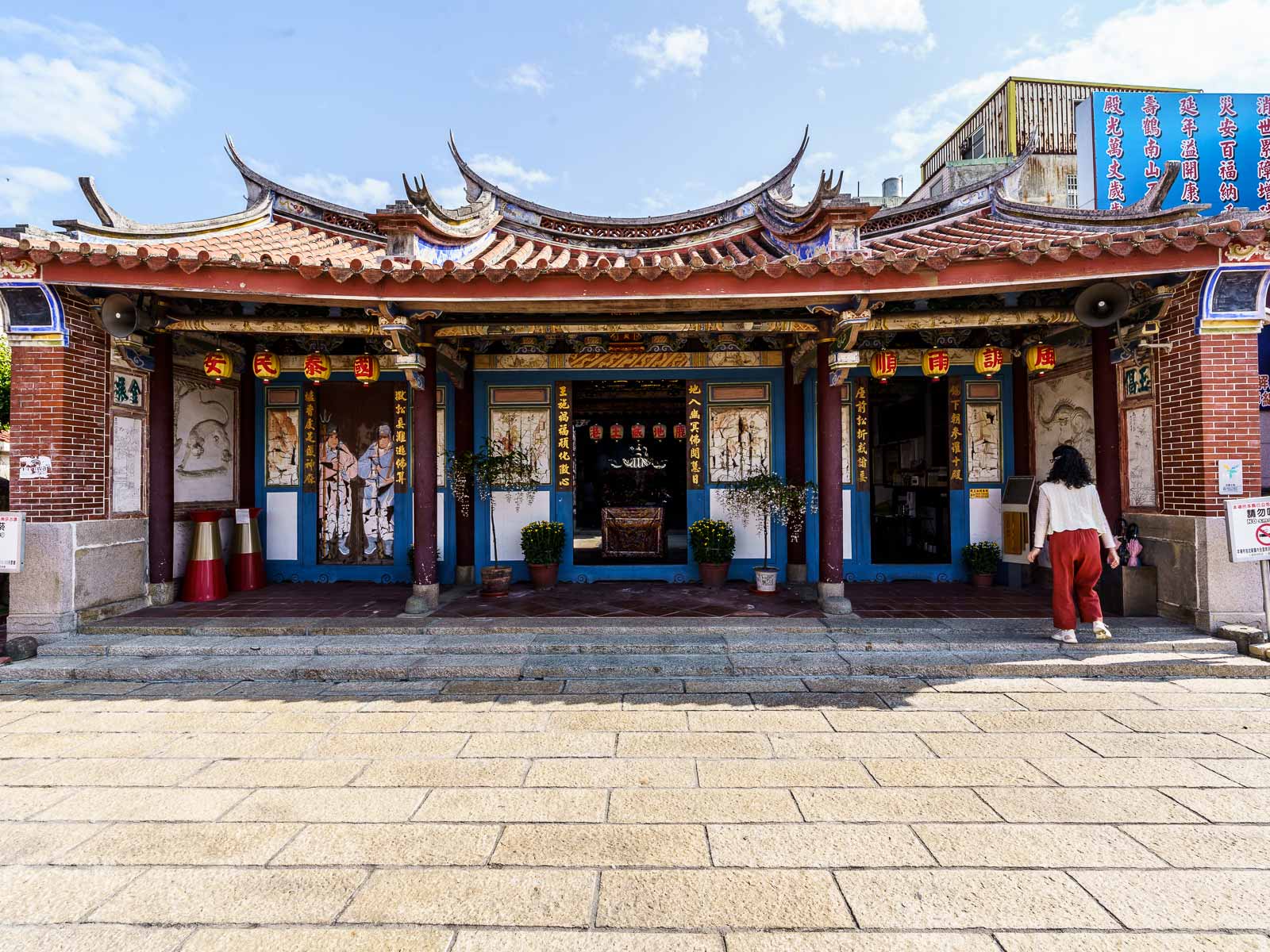
The area around Lukang Old Street is a mix of meticulously preserved private residences, heritage buildings repurposed as cultural spaces and museums, and historic temples. Not to be missed landmarks include the world-famous Lukang Longshan Temple, Lukang’s largest and most culturally significant temple, and Taiwan’s most well-preserved ancient temple; and Tianhou Temple, built in 1725, famous for being one of the earliest temples to be dedicated to the Sea Goddess Mazu.

